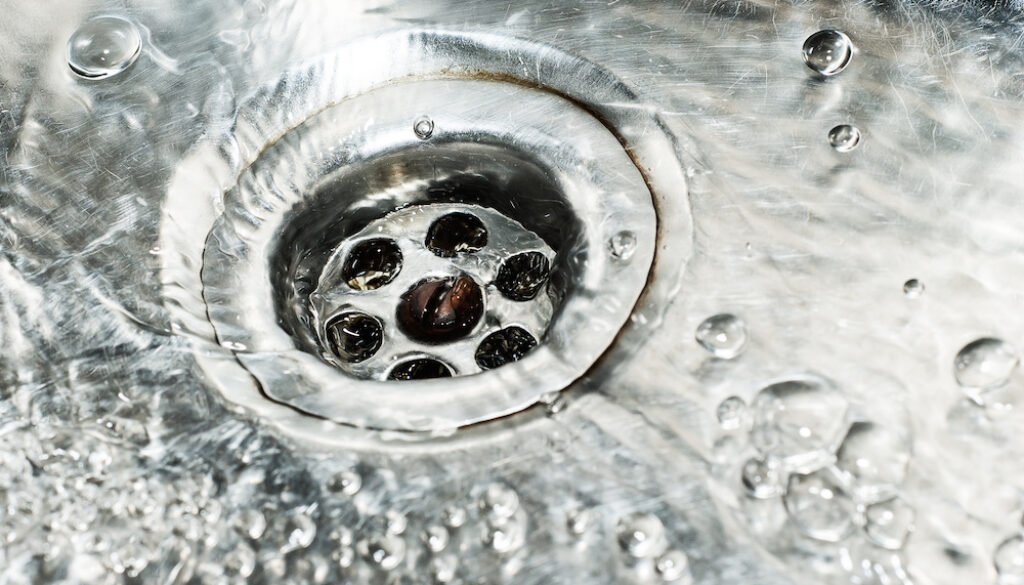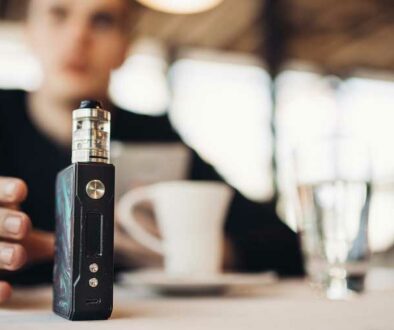All You Need to Know About Nasal Irrigation Systems
Updated October 2024
In this article:
Blocked sinuses? A little saltwater can make a huge difference.
When your sinuses are stopped up, bacteria and irritants take forever to exit your nose, leading to congestion and even chronic sinus infections.
When you desperately need relief from the stuffiness and issues caused by allergies or other issues, nasal irrigation systems can soothe blocked sinus passages and escort dirt, mucus and other irritants out of your nose. It’s one of the many nasal irrigation benefits.
Typically, “normal” noses and sinuses are able to clean themselves, but if you have chronic sinusitis or allergies, you know that this isn’t the case. That’s why it’s so important to do saline rinses and nasal irrigation on a regular basis—they help you “clean house.”
Think of it this way: Nasal irrigation is similar to brushing your teeth, but for your nose!
Have you taken advantage of nasal irrigation benefits? Do you understand the process for saline rinsing? Don’t worry, we’ve got all the information you need to get you started on this healthy habit.
Nasal Irrigation 101 and Nasal Irrigation Benefits
At first, nasal irrigation—or even the sight of a neti pot – may be intimidating. However, those who regularly irrigate their nasal passages say the benefits far outweigh any temporary inconveniences.
Of course, if this is your first time considering nasal irrigation, it may take a bit of practice to get used to the process. That’s why we’re taking you through the nasal irrigation process step-by-step.
The Step-by-Step Nasal Irrigation Process
1. Purchase a nasal irrigation system.
We’ll be able to give advice on which one will best suit your needs. There are several varieties, from neti pots to saline rinses, and all of them should be available at your local pharmacy.
While there are several bottles on the market, we typically recommend NeilMed sinus rinse bottle or Netipot. These are generally easy to clean, readily available and inexpensive.
Raleigh Capitol Ear, Nose and Throat does not have a financial relationship with the companies or manufacturers of these devices.
The device that delivers the irrigation is not as important as the volume. The point is to deliver a high volume of salt water through one side of your nose and out the other. This is why a nasal irrigation device is much more beneficial than a mere mist or saline nasal spray.
However, the most important aspect is to get started with a nasal irrigation program, regardless of the type of device you use to deliver it.
2. Prepare the equipment.
Follow the instructions that came with your system. Many come with a prefilled bottle of saline solution, others require you to buy a saline powder and mix it yourself. If you have to prepare the rinse yourself, be sure you are using distilled, sterile water. Do not use well water.
Don’t forget to sterilize the device as well. For example, for the NeilMed sinus rinse bottle, the quickest and easiest method is microwaving the bottle for 30-60 seconds before each use, depending on the strength of the microwave.
These bottles should also be replaced every three months based on scientific and manufacturer recommendations.
If you decide to use tap water, it MUST be sterilized before use. A useful sterilization option is a UV light device, such as the SteriPen (~$50 on Amazon).
Raleigh Capitol Ear, Nose and Throat has no financial relationship with the manufacturer of SteriPen.
The FDA also provides these additional recommendations:
- When using your device, always wash and dry your hands.
- Inspect your device before use to ensure it’s completely dry and clean.
- Be sure to follow the manufacturer’s directions for use.
- Wash the device between uses and dry the inside with a paper towel.
- Failure to properly sterilize could lead to a serious, even life-threatening, infection—we’ll get into more details about that later.
3. Prepare the salt solution
The amount of water that the NeilMed sinus rinse bottle and Netipot hold is 240 ml. This converts to 1 cup, 8 ounces, 1/2 pint, 1/4 quart.
A NeilMed salt packet should be added to this amount of water with each use. Do not rinse the nose with plain water. This will cause burning.
If you’d like to make your own salt solution, here’s a “recipe” we recommend:
Add a 1/2 teaspoon of salt and 1/2 teaspoon of baking soda to the water. Or, make a 1:1 mixture of salt and baking soda and store in an empty jelly jar, then add 1 teaspoon of this mixture to the water. The amount and ratio can be adjusted per your preference.
4. Now that you have the solution prepared, you’re ready to begin your sinus rinse.
Lean over a sink at a 45-degree angle, tilting your head so one nostril is pointed toward the sink. See a video demonstration here.
Place the tip of the device at your nostril opening and gently squeeze or pour the solution into your nose. (Remember to breathe through your mouth or hold your breath while performing the irrigation.) The solution should come out of your other nostril.
Blow your nose to clear out any remaining solution.
Repeat the procedure with the other nostril. Remember that you will generally use 1/4 to 1/2 of the solution for each nostril.
How to Use a Nasal Irrigation Kit
It takes practice, so don’t be discouraged if the first time doesn’t go as smoothly as you had hoped. Following are some useful tips that can help:
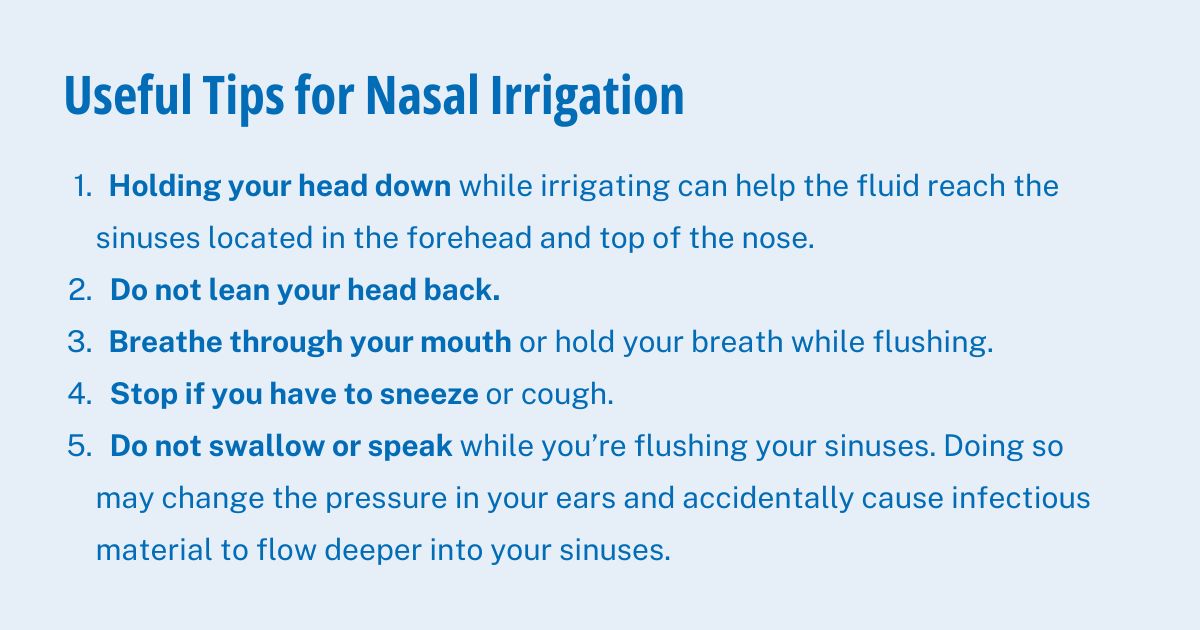
Few people learned how to effectively use contact lenses on the first try, so you should not be discouraged if it takes you a while to get the hang of nasal irrigation.
Your doctor is an important partner in your care, and we will be able to help you with any chronic sinus or allergy problems as well as create a course of treatment specifically tailored to meet your needs.
What About Traveling With a Nasal Irrigation System?
There are various options, but the most convenient and safest option is to pack the bottle and salt packets. Then, you can purchase distilled water at the destination.
The other option would be using tap water from the hotel and sterilizing it with the SteriPen. If you decide to travel (fly) with the SteriPen, make sure the device is approved for travel by TSA before going to the airport.
Nasal Irrigation Benefits
The best part about nasal irrigation systems? Providing some relief from sinus problems. Other benefits include:
- Shrinking swollen sinuses
- Washing away allergens
- Clearing sinus passages
- Pulling out fluid
- Improving breathing
Using nasal irrigation for chronic rhinosinusitis is an almost universal recommendation. They can be very effective at alleviating symptoms and helping your sinuses drain.
Following are a few interesting facts medical studies have uncovered.
- Nasal irrigation doesn’t penetrate the sinuses as well in patients who have not undergone surgery.
- The nose-to-ceiling position is the best one for rinsing the sphenoid sinuses. These are the sinuses that are located behind the nose and between the eyes.
- Squeeze bottles seem to be more effective to irrigate the maxillary, frontal and sphenoid sinuses.
- There is no additional benefit to heating the nasal solution before delivering it.
Is Nasal Irrigation Safe?
The benefits of nasal irrigation far outweigh the risks—provided you take precautions and properly sterilize your equipment. We can summarize this importance in two words:
Amebic meningoencephalitis.
That’s a mouthful.
In layman’s terms, you may have heard it referred to as the “brain-eating amoeba.” This microscopic organism is found in lakes, rivers and hot springs. People are infected when contaminated water enters the nose.
But what does that have to do with nasal irrigation and sinus infection treatment? In rare cases, using contaminated tap water for nasal irrigation can lead to infection.
This is why it’s important to practice proper sterilization procedures regardless of what type of nasal irrigation system you use.
The first two cases of amebic infection from nasal irrigation occurred in Louisiana in 2011 as a result of using contaminated tap water.
In 2018, there was another case in Washington state. Although a Brita filter was used to purify the water, the water was still not sterilized enough. In order to be effective, all water purifiers must meet the microfiltration requirements specified in the guidelines from the CDC.
Fortunately, this amebic disease is incredibly rare, but it has a terrifying fatality rate. The CDC states that out of 145 Americans who were infected from 1961 to 2018, only four survived.
You’d think that the chance of obtaining a serious amebic disease—no matter how remote— would encourage more diligence, but despite recommendations, 48 percent of patients say they use regular tap water to irrigate their nasal passages, according to information from the International Forum of Allergy and Rhinology.
Dedication. Excellence. Compassion. These Are Our Principles at Raleigh Capitol ENT
All of our physicians have graduated from some of the most highly regarded medical schools in the country. Their extensive pediatric and adult ENT training is from some of the leading programs in the United States, including Johns Hopkins University, the University of North Carolina, Duke University, the University of Virginia, Emory University, Ohio State University and the University of Pittsburgh and others.
This means you can rest assured that you’re not only working with a team of compassionate, seasoned professionals, but you will have access to the latest innovative treatments and procedures available.
If you are having problems with your sinuses, or if nasal irrigation isn’t effective for you, please contact us so we can assist you.
Another Benefit of Nasal Irrigation: Helping Prevent Nasal Polyps
If that gorgeous bouquet of red roses doesn’t smell as sweet as you remember—or if you can’t seem to smell them at all– then the culprit may be a grayish, grape-shaped growth in your nose called a nasal polyp.
While nasal irrigation doesn’t guarantee that you won’t develop nasal polyps, it can reduce your chances of getting them. Additionally, if you already have nasal polyps, irrigation can help prevent them from worsening or becoming infected.
Not only do nasal polyps dampen your sense of smell, but they also make it difficult to breathe. Even worse, because your sense of smell is closely connected to your sense of taste, not being able to enjoy the aroma of your grandma’s homemade chili means you’ll likely not be able to enjoy its flavor to the fullest.
These growths are extremely common, affecting roughly 30 percent of Americans. It’s not unusual for nasal polyps to be a contributing factor to rhinosinusitis and other similar disorders. In fact, many people have chronic rhinosinusitis with nasal polyps, according to the U.S. National Library of Medicine.
While these polyps can form anywhere in your nose or sinuses, they’re most commonly found where the sinuses are near your nose, cheekbones or eyes.
How to Tell If You Have Nasal Polyps
Sometimes, there aren’t any symptoms, particularly if the polyps are small.
When they become so large that they block the nasal passages, that’s when they become problematic. They can cause symptoms including:
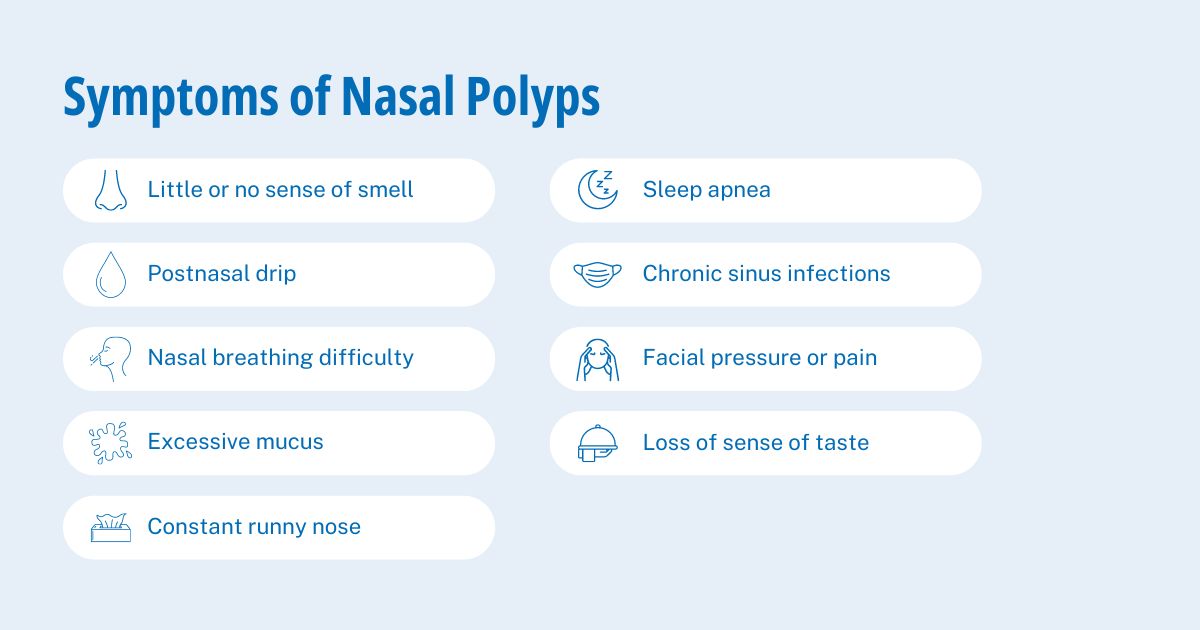
Sinus problems due to polyps are most common in young and middle-aged adults. It’s important to receive treatment from your local ENT because, if they become infected, the infection can spread to the eye sockets or even the brain.
If your child has symptoms of nasal polyps, it’s very important to take him or her to an ENT, preferably one who, like Raleigh Capitol ENT, specializes in treating children.
Sometimes, these growths may indicate cystic fibrosis, a serious genetic condition that damages the lungs and makes breathing difficult. A simple, painless test can determine whether or not your child has cystic fibrosis.
How Do You Detect Nasal Polyps?
One of our ear, nose and throat physicians will take a careful evaluation of your symptoms to see if you have any that are indicative of nasal polyps. Sometimes they can only be detected through a nasal endoscopy or a CT scan.
Of course, the symptoms of nasal polyps can also mimic other conditions, such as inflammation due to allergies. In certain cases, we may need to perform allergy testing to rule out other causes of your problems.
We may suggest testing for cystic fibrosis, particularly if you have a child who has nasal polyps.
How Are Nasal Polyps Diagnosed?
Your ENT specializes in diagnosing and treating diseases of the ear, nose and throat and therefore is in a unique position to treat these growths and the complications that they cause.
First, your Raleigh Capitol ENT physician will evaluate your symptoms and examine your nose. He or she may use a thin, flexible, lighted tube called an endoscope to see inside your small nose and sinus passages.
If further examination is necessary, your ENT may perform a CT scan. Through this procedure, your doctor will have detailed images of your nose and sinuses, which will help him or her pinpoint the exact location of any nasal polyps and create a course of treatment.
We’re pleased to offer a new nasal polyp treatment that is both safe and effective, particularly in those who also have chronic rhinosinusitis with nasal polyps.
How to Get Rid of Nasal Polyps: The Latest Treatment
If they aren’t causing any problems, then no nasal polyp treatment is needed as long as they don’t grow larger.
But if you really need to know how to get rid of nasal polyps, troublesome polyps are treated through a round of medication consisting of antibiotics, steroids or nasal sprays. If these are not effective, then surgery may be needed.
This situation is often complicated because many adults who have polyps also have the signs and symptoms of chronic rhinosinusitis with nasal polyps.
Unfortunately, while medicine can help with nasal polyps, it often does not get rid of them. However, there is a new treatment that may change that.
Recently, the U.S. Food and Drug Administration (FDA) approved the use of dupilumab to treat those with nasal polyps and accompanying chronic rhinosinusitis. This reduces the need for steroids or surgery, presenting a better treatment option for patients.
Dupilumab is given by injection. As a result of treatment, there was a significant reduction in the size of the nasal polyps and an improvement in nasal congestion. In many cases, the patients who used dupilumab reported that their ability to smell improved. In addition, they also required fewer oral steroids and less nasal polyp surgery.
At Raleigh Capitol Ear, Nose and Throat, we’re pleased to be able to offer this treatment to our patients.
How to Remove Nasal Polyps
Large polyps that hinder your breathing may have to be removed by endoscopic sinus surgery. In most cases, patients are able to return home the same day. With appropriate post-op management (including steroids, nasal sprays, newer treatments and steroid irrigations), polyps can be controlled.
Are Nasal Polyps Dangerous?
While they are annoying and cause troublesome symptoms, nasal polyps are rarely dangerous as long as they are not infected or seriously inflamed. Fortunately, they are almost always benign (non-cancerous).
In some cases, they can cause sleep apnea by blocking the nasal passages. Sleep apnea can put you at greater risk for diseases such as Type 2 diabetes and stroke.
What Do Nasal Polyps Feel Like?
Because they are soft and painless, you will likely not feel them if they are small. If they become large, you’ll find that they are not painful to the touch and may feel like a grape. Larger polyps will cause difficulty breathing through your nose and can create a feeling of pressure or fullness on your face.
Can Nasal Polyps Return?
In some cases, nasal polyps will return, even after they are removed surgically. This is because polyps have a chronic, inflammatory nature.
While many patients may need revision sinus surgery periodically to prevent the polyps from recurring, by working closely with our ear nose and throat doctors and continuing with this new nasal polyp treatment, the need for this surgery is reduced.
What Causes Nasal Polyps?
Scientists are still studying why nasal polyps seem to appear in some people and not in others. However, researchers believe it may have to do with those who have different immune system responses. They may also have a different chemical marker in their mucous membranes.
Nasal polyps are also more common among young adults and those who are middle-aged. They also tend to run in families.
If you’re not getting enough vitamin D or if you don’t have enough of this vitamin in your bloodstream, you may be at a higher risk of developing nasal polyps.
Can Nasal Polyps Be Prevented?
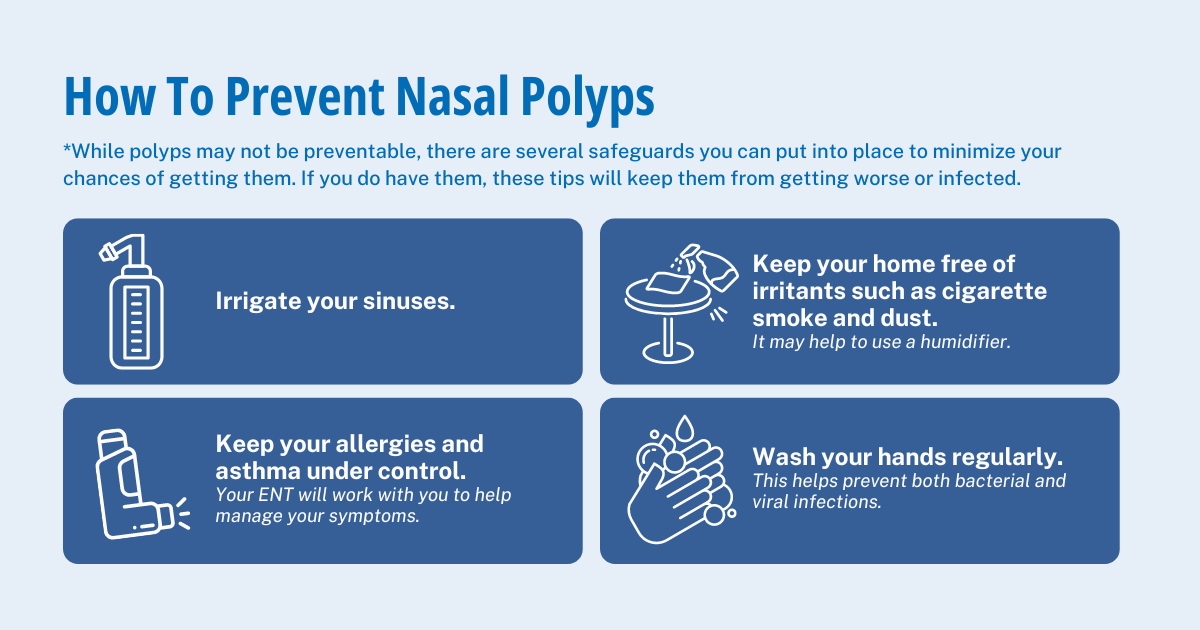
We Utilize the Most Advanced Treatments to Help Our Patients
The world of medicine changes almost daily. That’s why it’s important to stay on top of the latest developments, breakthroughs and studies.
Our ear, nose and throat physicians are well-versed in the latest, effective treatment for our patients. We take pride in providing state-of-the-art, compassionate care.
If you have any of the symptoms listed above, contact us for an appointment to see if this new treatment for nasal polyps is right for you.
The content within this article and others on this website is only for educational purposes and should not be considered as medical advice. For any questions or concerns, please consult with your healthcare provider.
